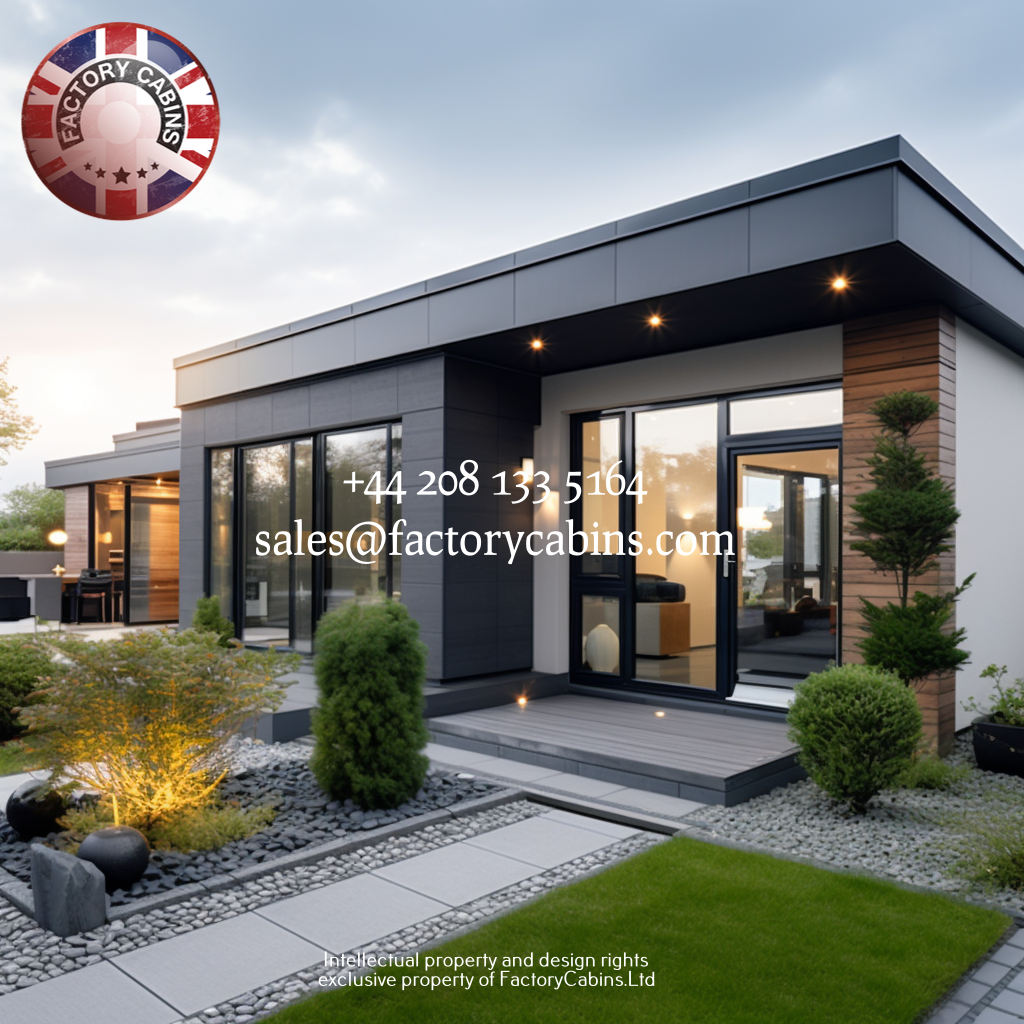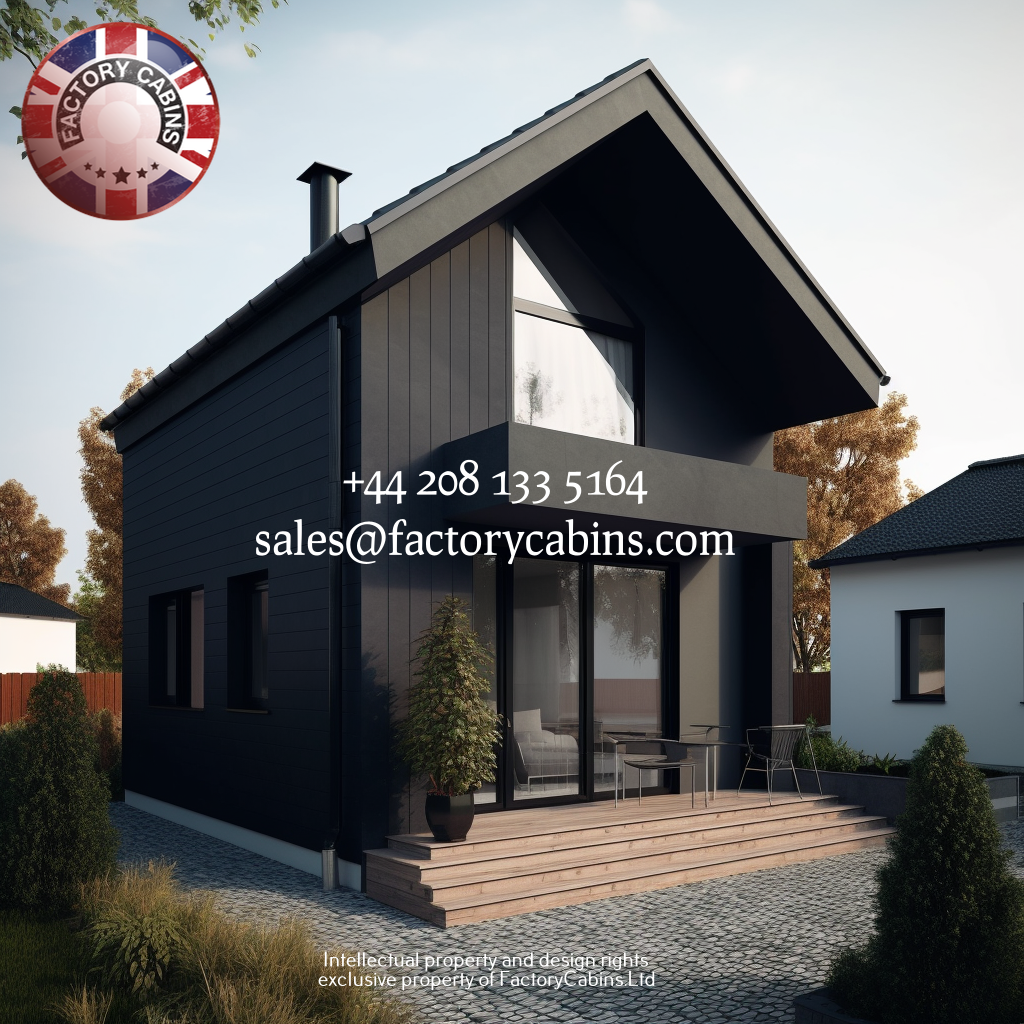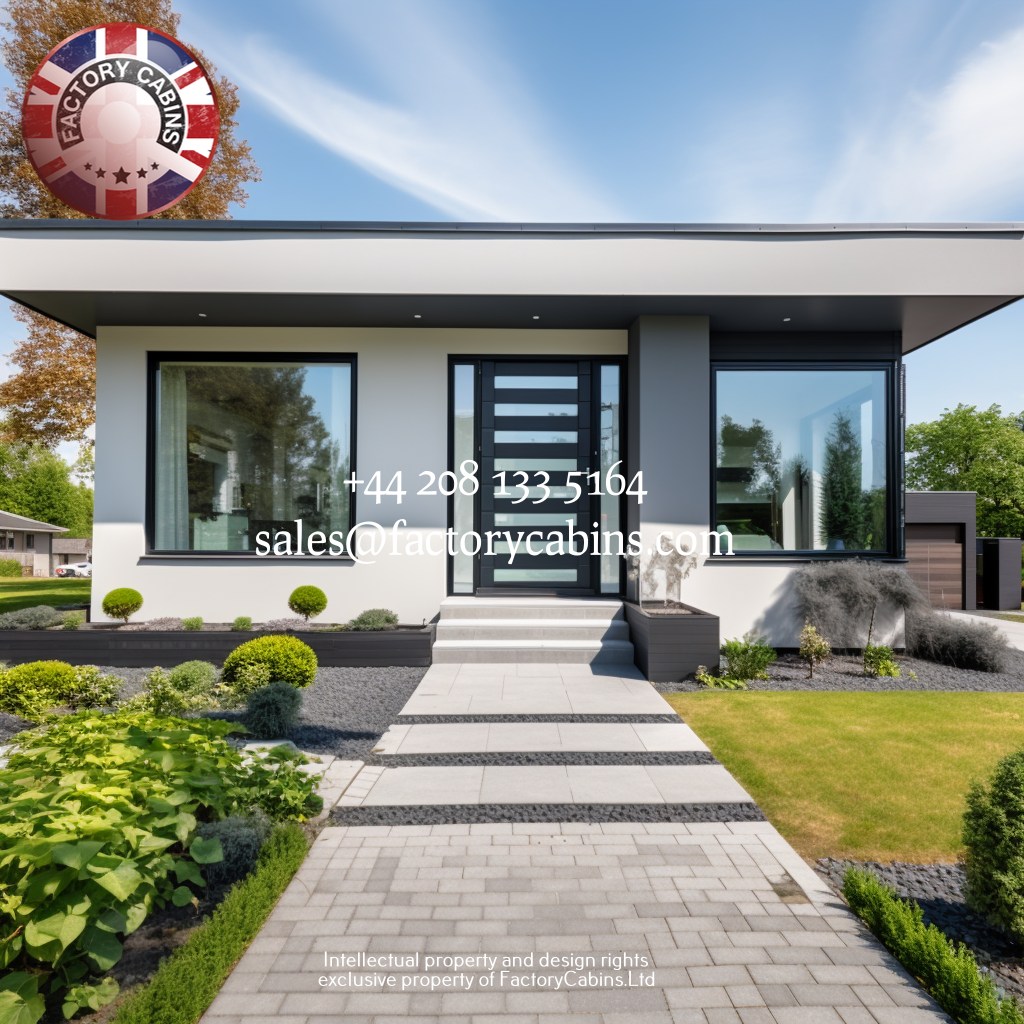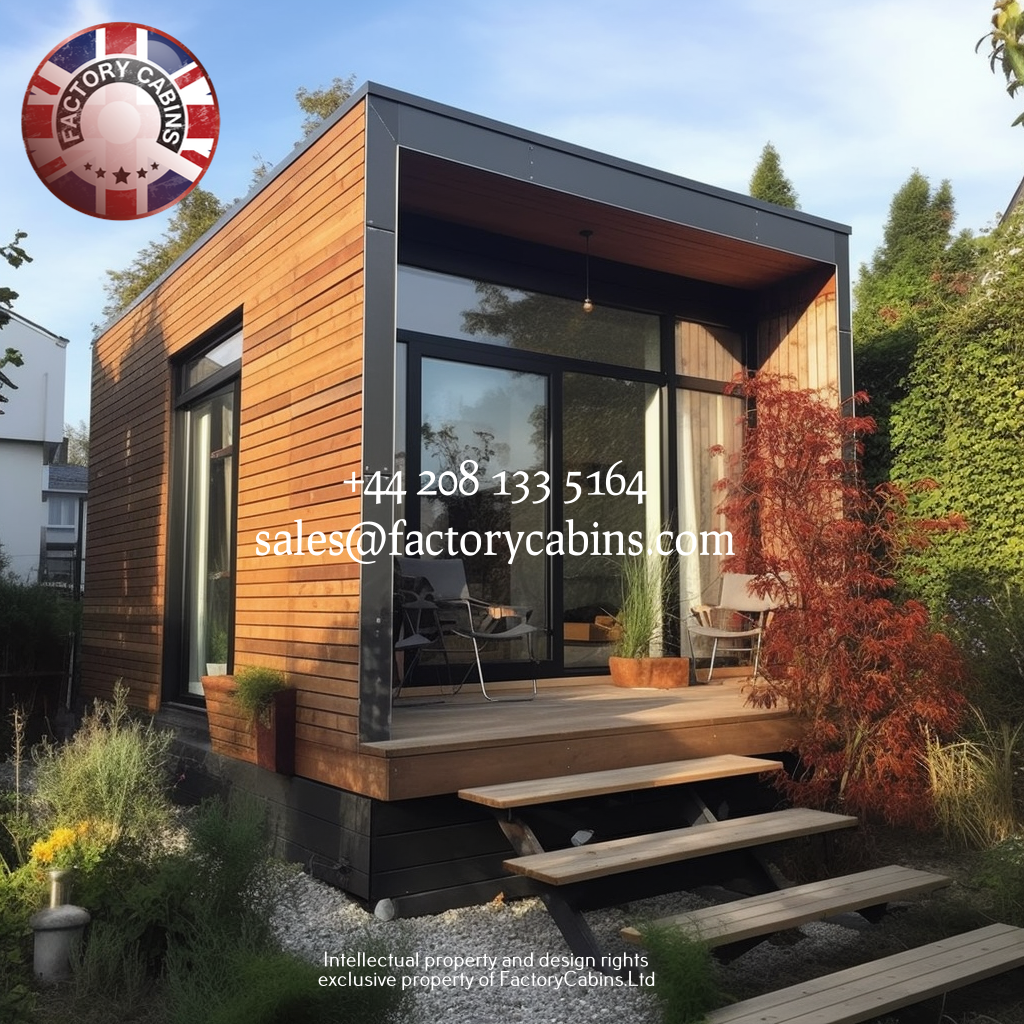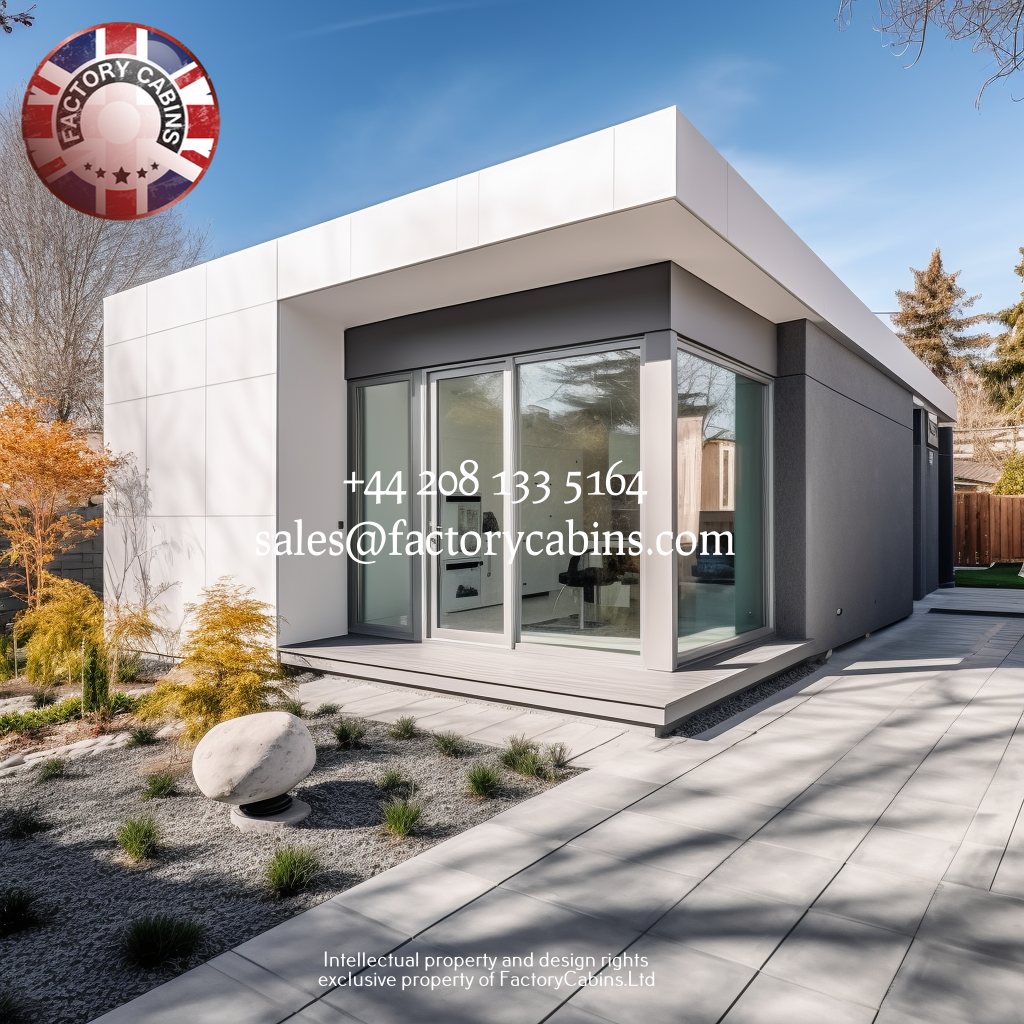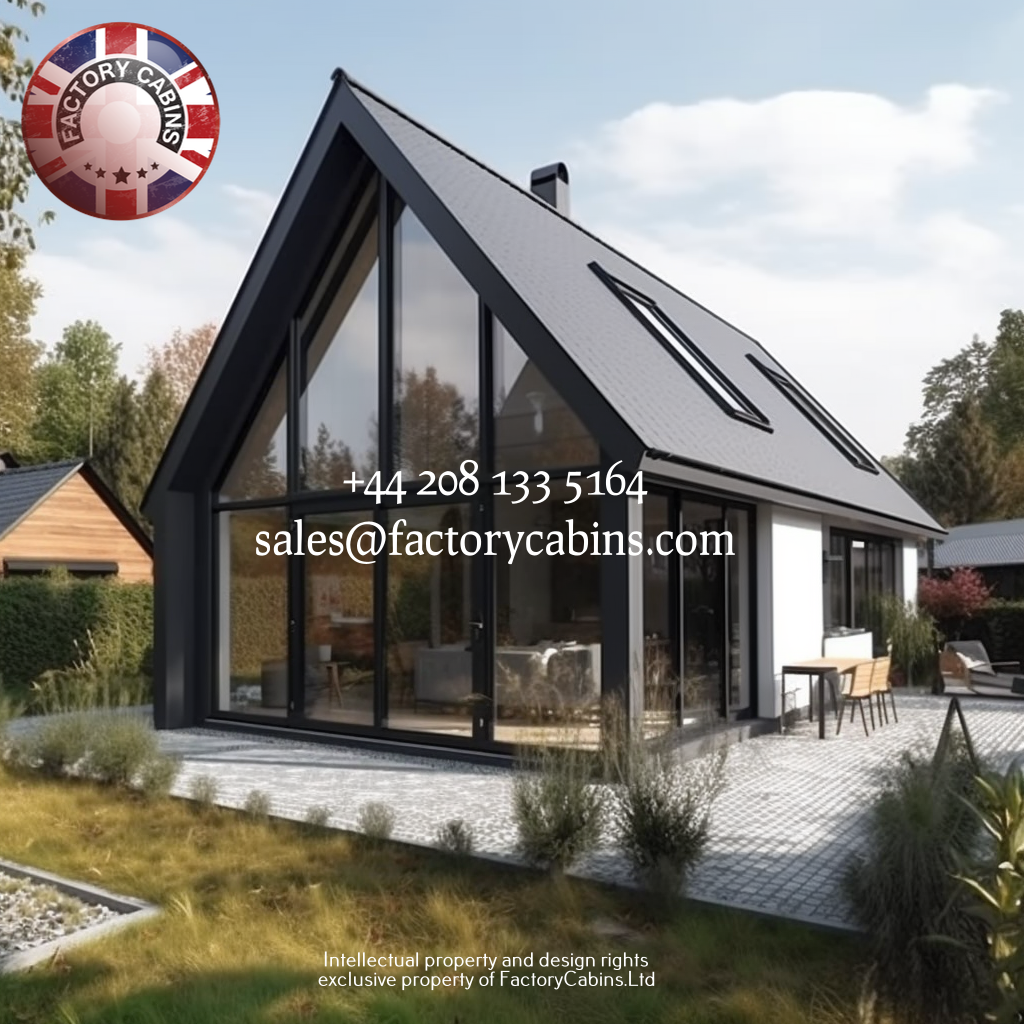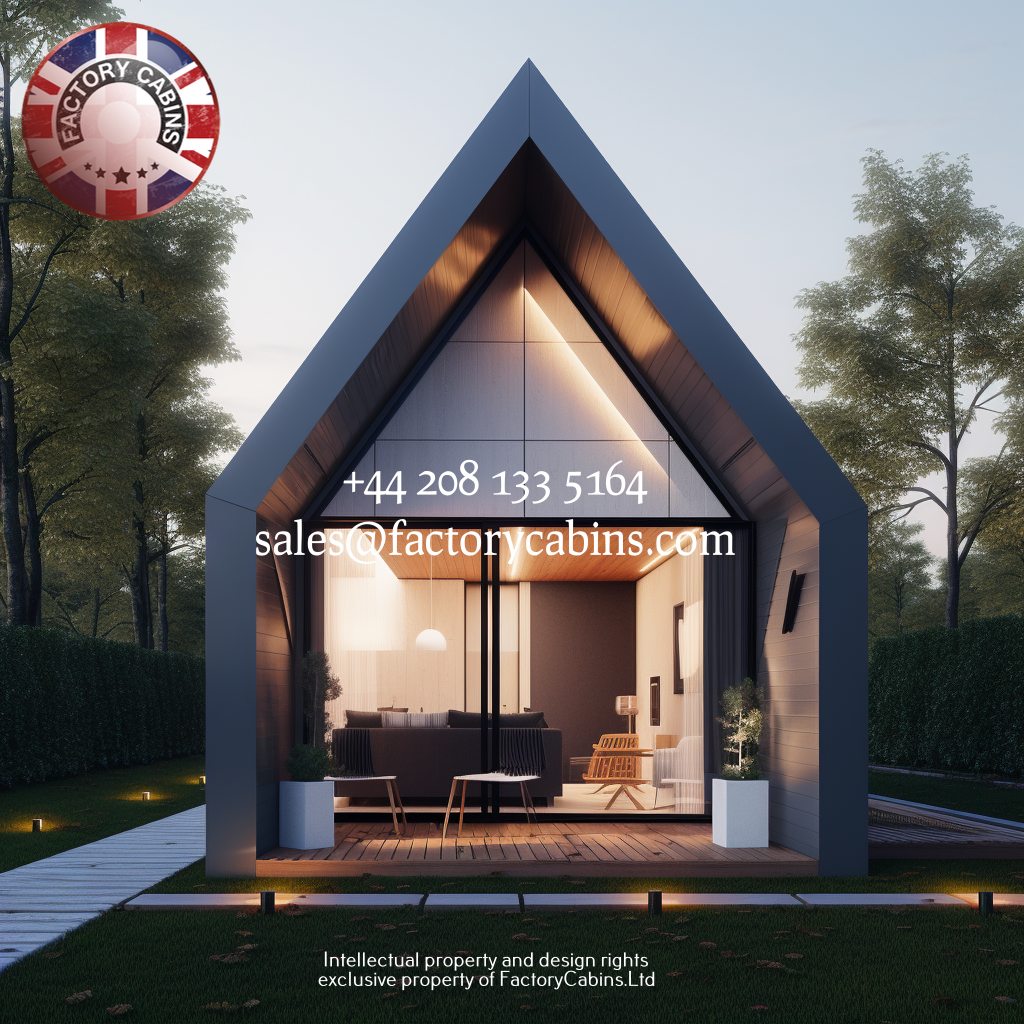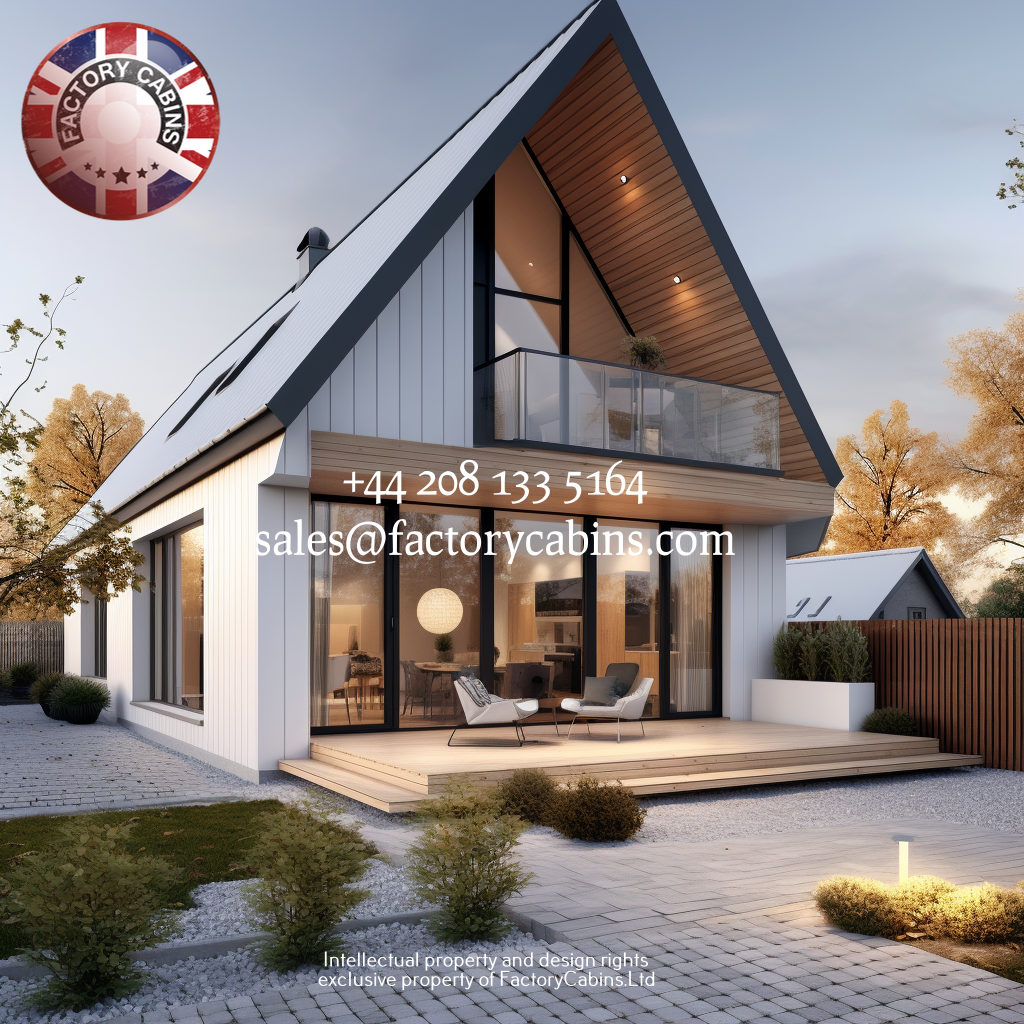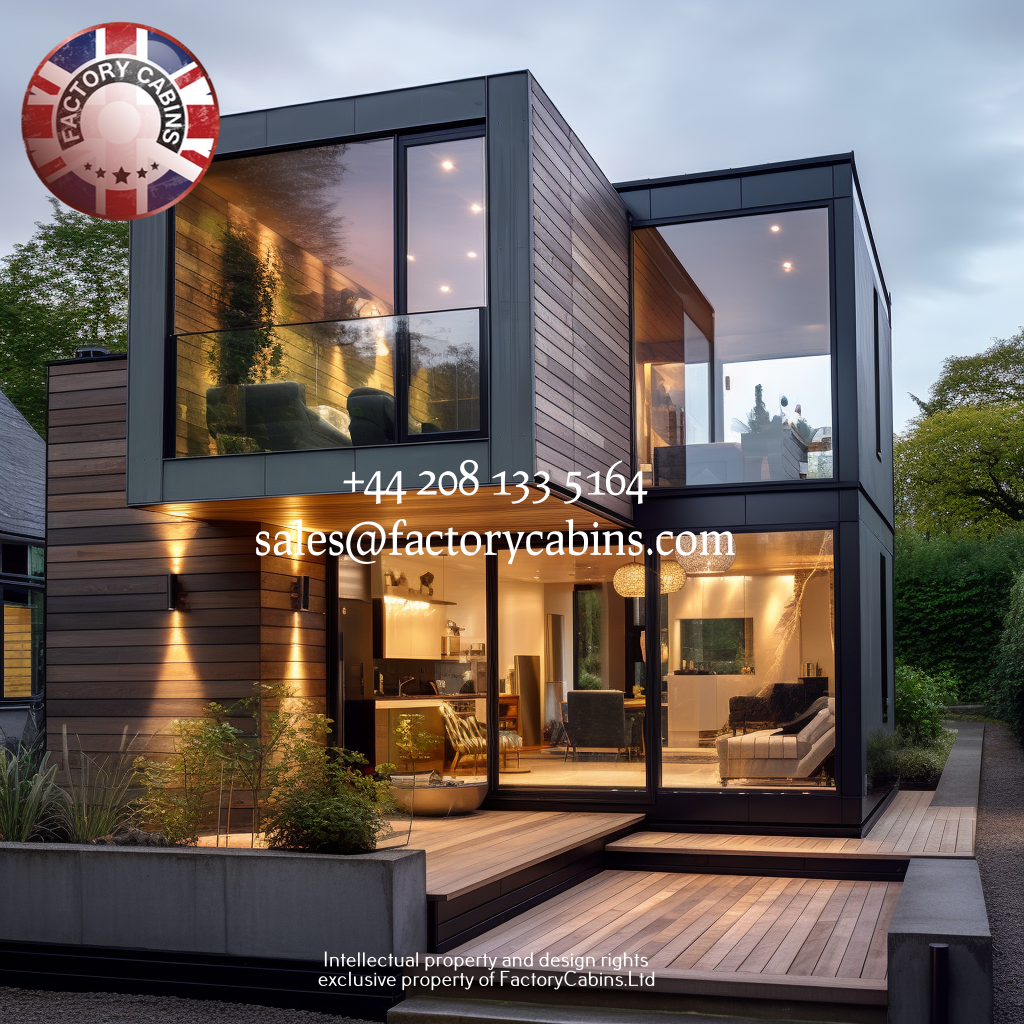Contemporary Living: The Ascent of Structural Insulated Panels: An Evolutionary Perspective

When it came to constructing their own dwellings, structural insulated panels were the material of choice. Furthermore, the rapid construction, energy efficiency, and low operational costs of these structures are propelling this trend, in addition to their cost-effectiveness. Because they are constructed using high-quality materials and methods, the “Factory Cabins Sips” Structural Insulated Panels are guaranteed to last and function dependably.

Structural insulated panels’ worldwide adoption

Increasing in popularity throughout the globe are structurally insulated panels. Structural insulated panels are becoming more and more common in the UK as well as the US and Europe, according to statistics. Developments in panel manufacturing techniques and building materials since their introduction about 50 years ago have allowed Structural Insulated Panel homes to perform on par with, if not better than, traditionally built brick or wood homes. Superior thermal resistance and energy efficiency are attributes of the multi-layer panel structure.
Structural insulated panels are a contemporary draw.
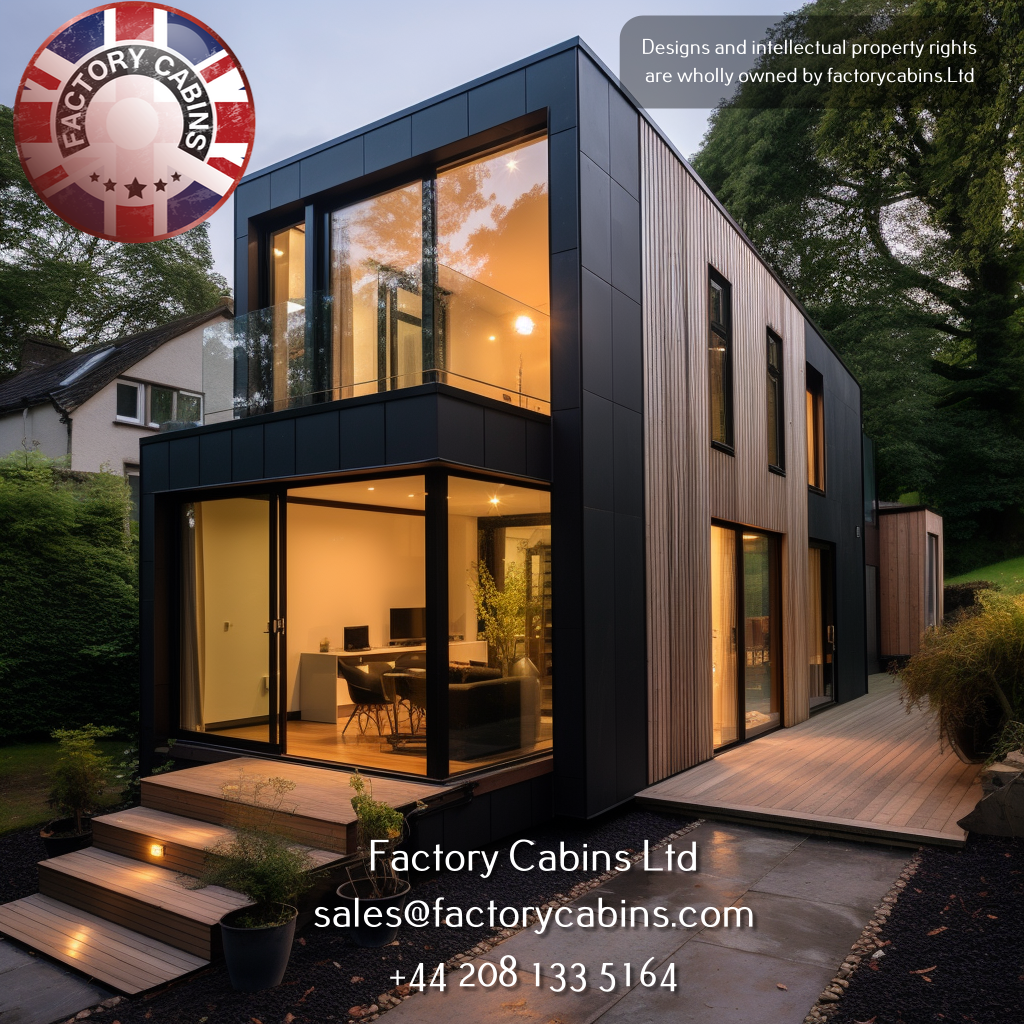
Accelerated Building
A contemporary dwelling that is favoured by an increasing number of individuals today is a panel home. The short construction time guarantees the quick completion of your ideal home, which is a key selling point. The assembly process for wall panels in factory-based construction often takes place within a few weeks after their delivery to the construction site. Ready for occupancy, the final product is a durable, high-quality residence.
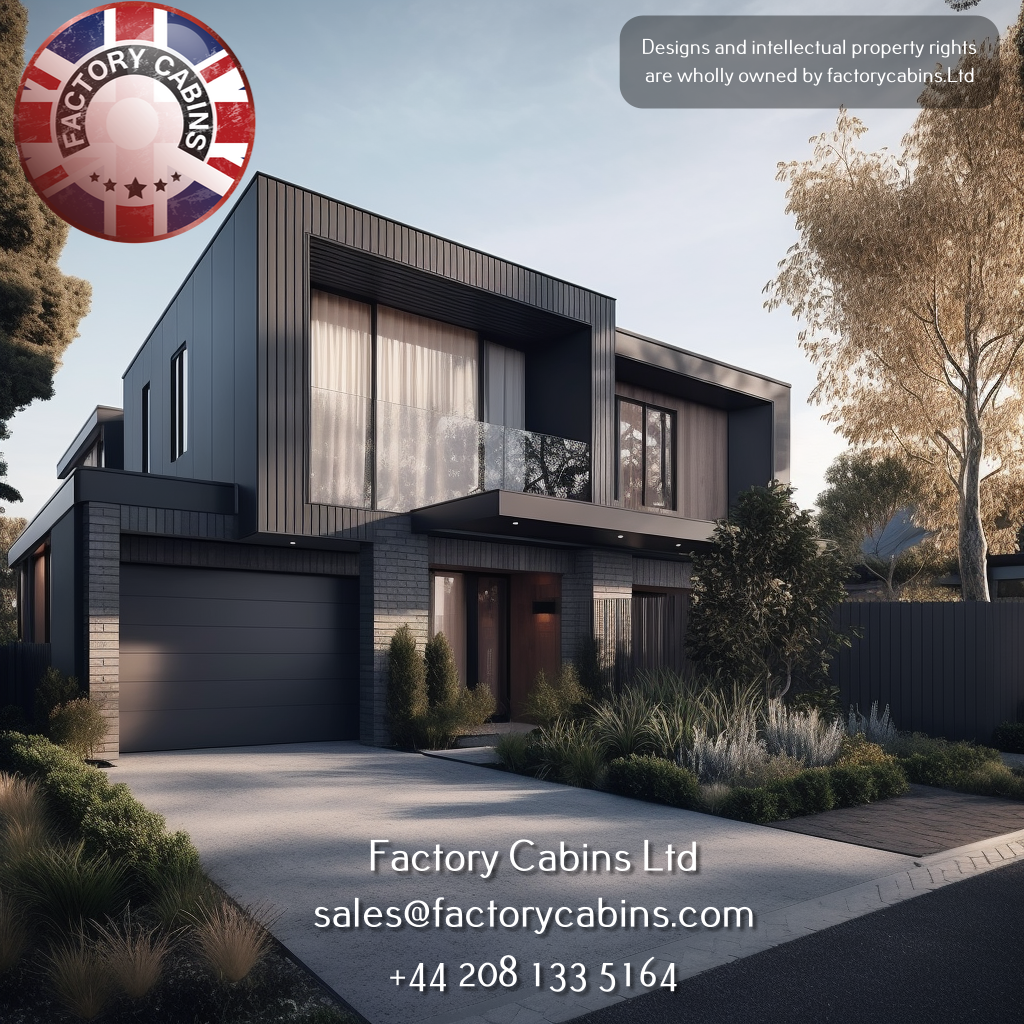
Living on a Budget
An advantageous aspect of structurally insulated panels is their ability to reduce initial costs. The shorter duration of construction results in substantial cost reductions compared to conventional building methods. In addition, ongoing financial advantages accrue to householders in the form of reduced operational expenses, such as heating, when compared to brick dwellings.
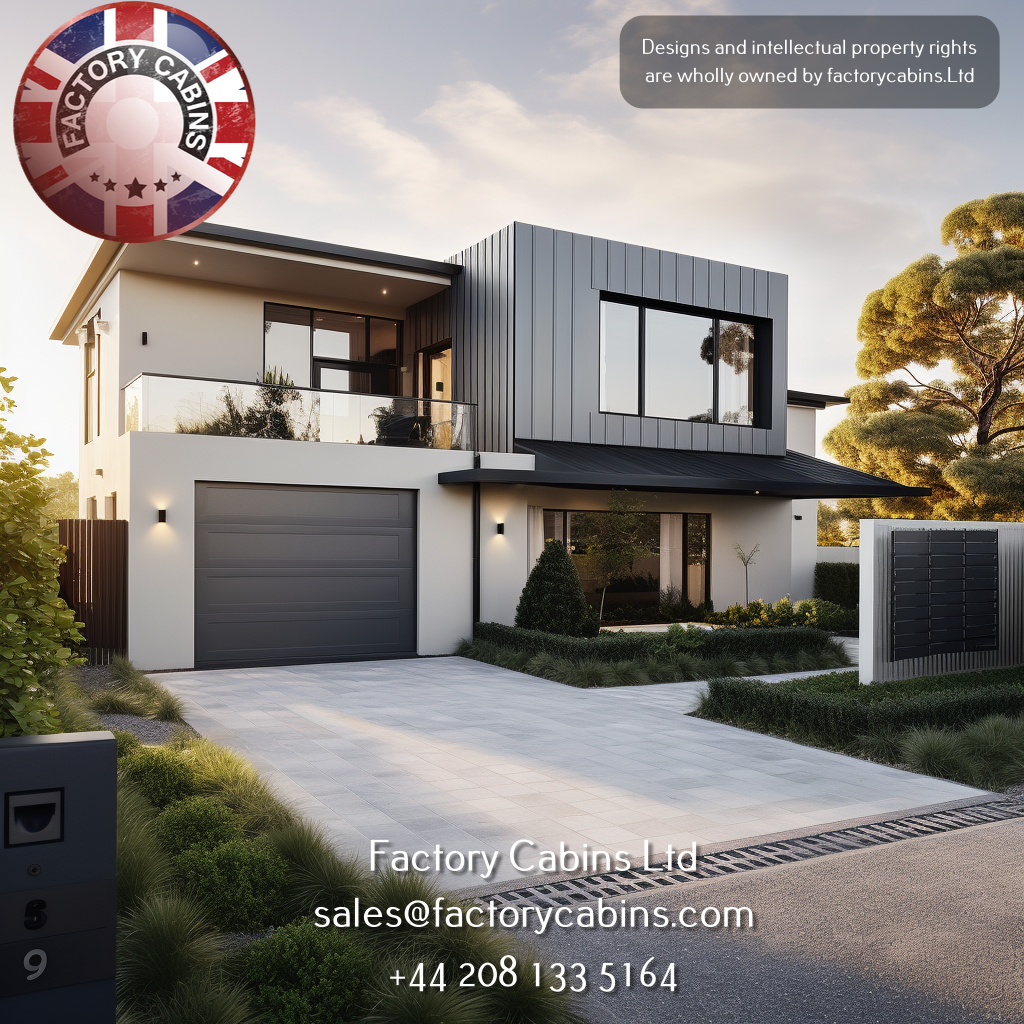
Climate-Related Issues
A more environmentally sustainable living environment is the result of the use of structurally insulated panels. By default, structurally insulated panels offer insulation, thereby reducing environmental impact and the necessity for costly heating systems, in contrast to some conventional homes that require additional insulation.

The Advantages of Structural Insulated Panels Uncovered
Constructive Superiority
As per the stringent quality standards established by Factorycabins sips construction, Structural Insulated Panels are resilient, dependable, and long-lasting. A robust and secure dwelling is the result of employing contemporary panel manufacturing techniques.
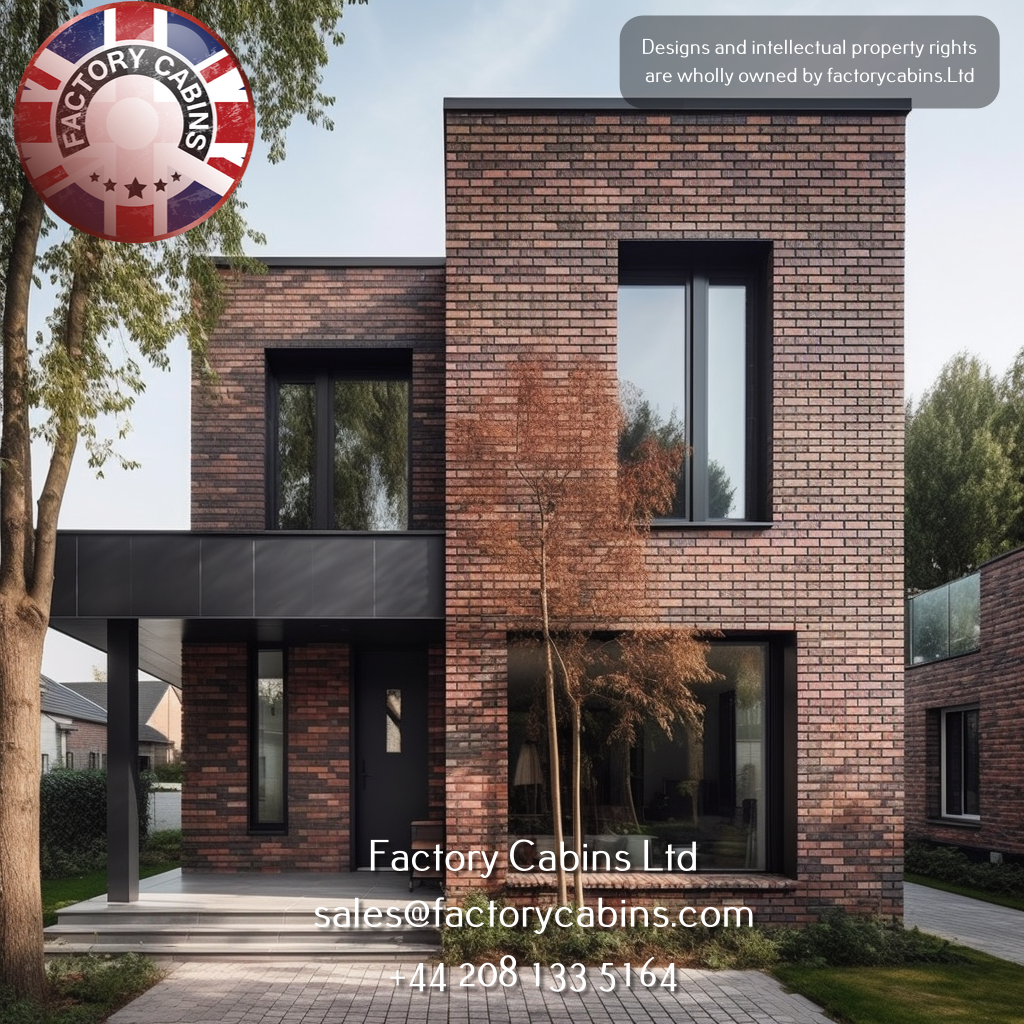
Efficiency in Energy Use and Environmental Impact
The temperature can be easily adjusted, and structurally insulated panels are exceptionally energy efficient. Rapidity in temperature regulation and reduced energy consumption are outcomes of the walls’ resistance to heat absorption. Moreover, these structures develop a “healthy” microenvironment and safeguard ecological integrity throughout construction and daily operation.

The versatility of architecture
The flexibility with which structurally insulated panels can be designed sets them apart. Design flexibility and ingenuity are enhanced due to the reduced constraints on wall placement. Modifications to internal walls afford adaptability for expedited construction or forthcoming modifications.

Building Year-Round
Construction can be done year-round because structurally insulated panels are weather-resistant. A smooth construction process is ensured when it is not necessary to predict favourable weather.
Insulation and tightness
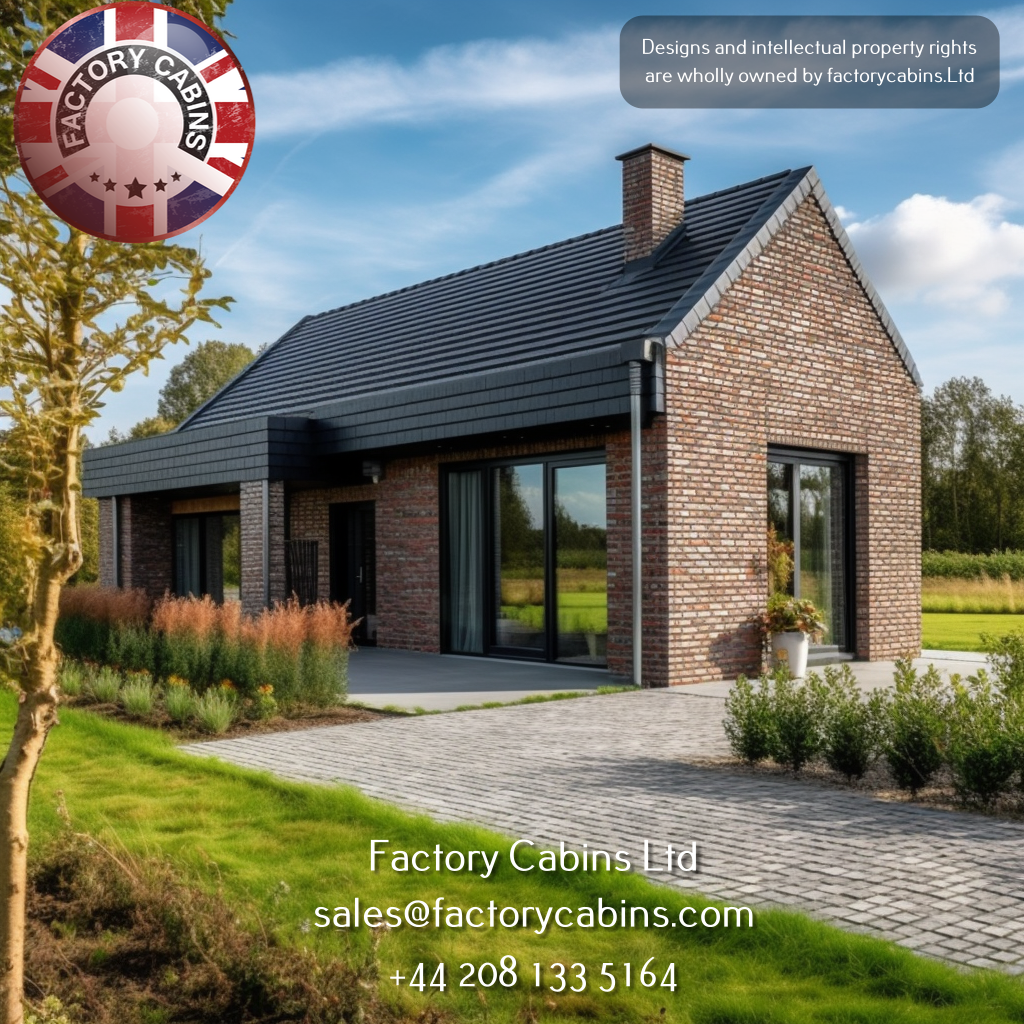
When it comes to accuracy and insulation effectiveness, structural insulated panels are unparalleled. Consequently, traditional brick residences frequently exhibit deficiencies in exceptional thermal retention, sound insulation, and overall cosiness.
Structural insulated panels are an investment in one’s future; hence, their price.

Size, floor type, and project specifications all impact the cost of structurally insulated panels. More affordable than their larger counterparts are smaller structural insulated panels (SIPs) measuring up to 80 m2. Turnkey options, which are fully completed and ready for occupation without any additional considerations, are offered at a premium price.
Modular forms of structural insulated panels (SIPs) are used for a multitude of purposes besides residential applications. A variety of price factors are offered for these high-quality structures, which span from garden homes to garages.
“Factory cabins sips” A combination of economy and quality, structural insulated panels are an appealing option.
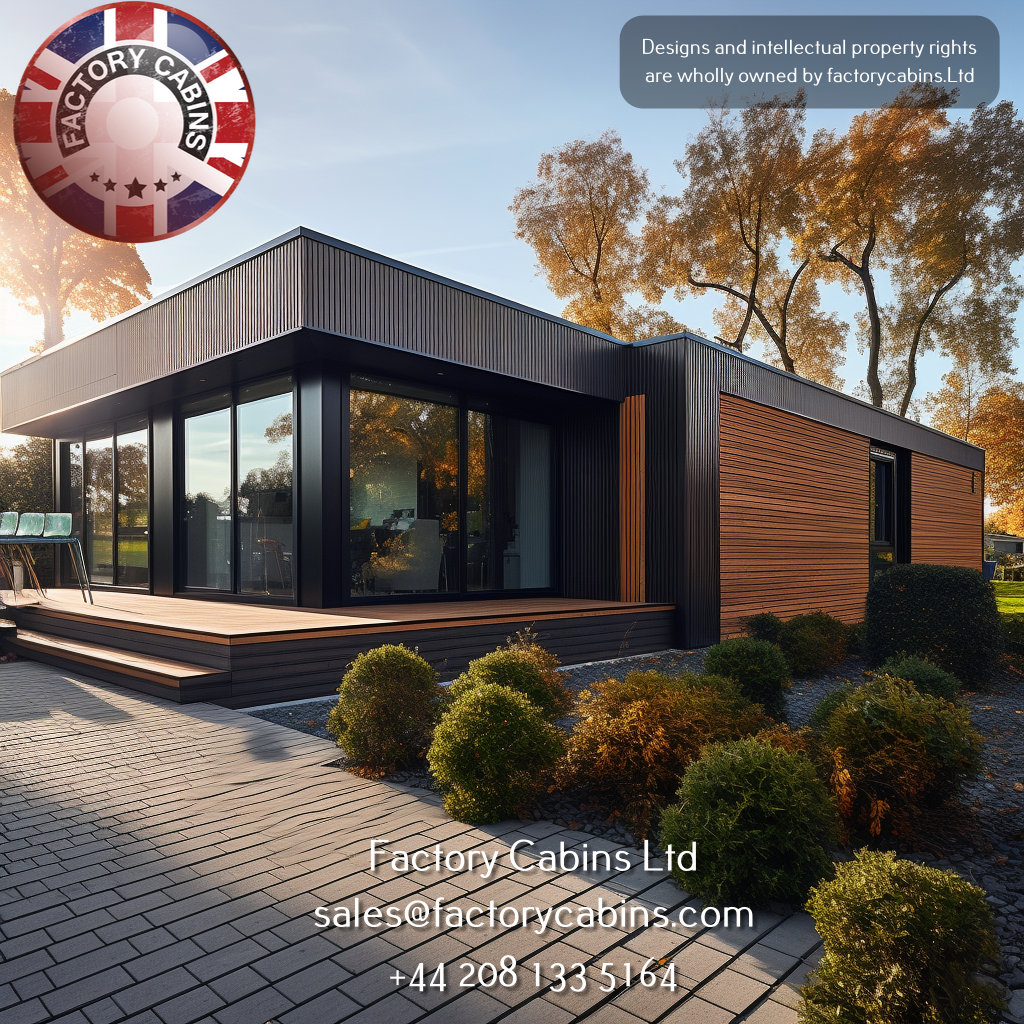
Building Your Vision a Reality with Structural Insulated Panels on Your Plot
Not sure where to begin your considerations for constructing a panel house? The Factory Cabins SIPS team delivers the solution. Together, we can deliberate on your endeavour, concerns, and expectations. Ensure your satisfaction with your new home by maintaining consistent communication throughout the construction process.

Structural insulated panels: Preserving Their Desire
Regular maintenance is recommended to ensure the longevity of structurally insulated panels, despite their minimal maintenance requirements. It is protected from the elements and maintained as a long-lasting investment by repainting the house every few years with specialised products.
Structural insulated panels are, in conclusion, a modern and forward-thinking option due to their innumerable benefits. With factory cabins and structurally insulated panels becoming more popular, now is the ideal time to consider this innovative and cost-effective housing option for your dream home.


